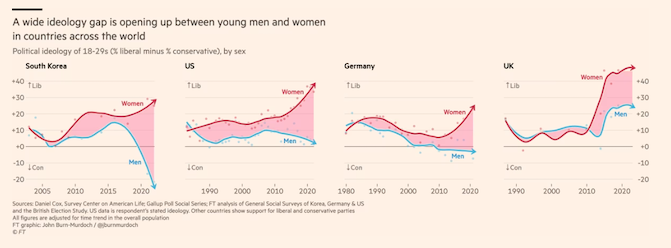Young voters in Asia are emerging as a critical demographic in shaping electoral outcomes. In the upcoming 2024 Indonesian general election, for instance, millennials and Gen-Z voters comprise more than half of the eligible voting population. This significant proportion underscores their potential to decisively influence the presidential and legislative elections.
In Taiwan, whom young people ultimately vote for — and how many vote at all — could be crucial in deciding the presidential election on Jan. 13. About 70% of Taiwanese in their 20s and 30s voted in the 2020 presidential election, a lower share than among middle-aged and older voters, according to official data. People ages 20 to 34 count for one-fifth of Taiwan’s population, government estimates show.
Meanwhile, in India, there has been an ongoing concern about the number of young people who are eligible to vote but do not. Prime Minister Modi took to Twitter before the recent state elections to encourage young and first time voters.
Continue reading “Young voters in Asia”




